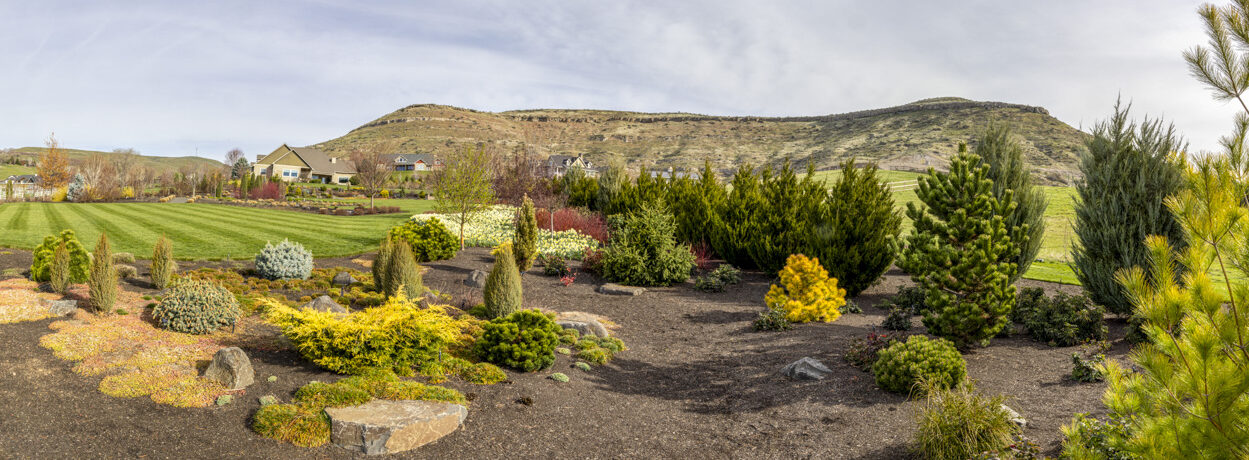
“Pastel Canal”
Venice, Italy
It is quite a change in perspective from the rural Palouse countryside in Washington State (in my previous post) to 13th century buildings in Venice, Italy. The concept of history is so very different between the two.
We just returned from a trip to Venice, Florence, and Rome. My mind is whirling trying to put the Roman Empire, Middle Ages, and Renaissance time and cultural evolution in perspective. The trip is a catalyst for me to set aside time to study and refresh my knowledge of history.
The above image caught my attention from several unrelated view points: the soft pastel colors, the water and bridge without any boat or people traffic, the bridge connecting the two buildings (what were their relationships?), the mystery of what is around the corner.

















